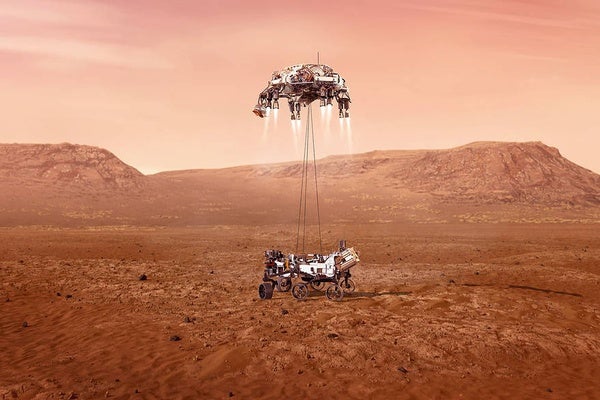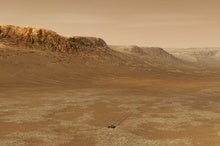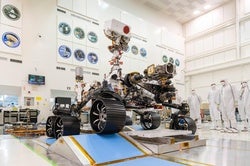 |
| February 18, 2021 |
 |
| |
| |
| |
| |
| |
| |
| |
| Policy & Ethics Biden Channels FDR on STEM Policy The president's letter to his new science advisor emphasizes the crucial role science plays in our society—much as Roosevelt did in a similar missive in 1944 | | By Henry Jacoby,Gary Yohe,Ben Santer,Richard Richels | | | |
| |
| |
FROM THE STORE
 | | Exploring Mars: Secrets of the Red Planet Our nearest planetary neighbor has been the subject of endless fascination and wide-ranging theories throughout history. Is there life on Mars? Was there ever life on Mars? What was the atmosphere like thousands or millions of years ago? From Percival Lowell, who built his own observatory so he could dedicate himself to studying the red planet, to NASA landing the car-sized Opportunity rover in 2012, this eBook traces Scientific American's coverage of the observation and exploration of Mars. |  | | |
| |
FROM THE ARCHIVE
 | | | |
| |
LATEST ISSUES
 |
| |
| Questions? Comments?  | |
| Download the Scientific American App |
| |
| |
























Comments
Post a Comment